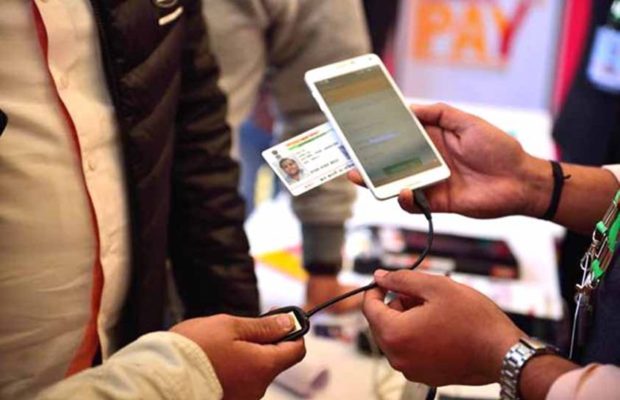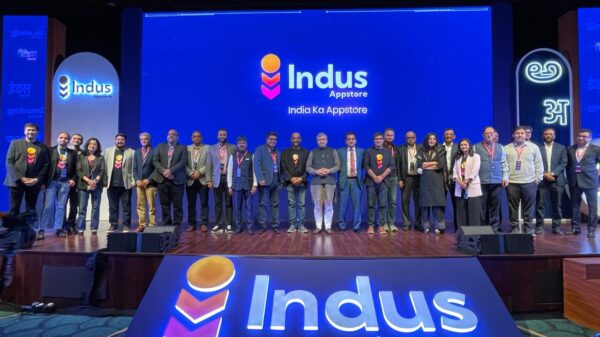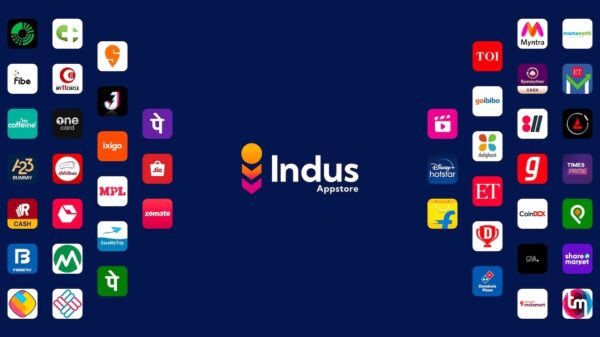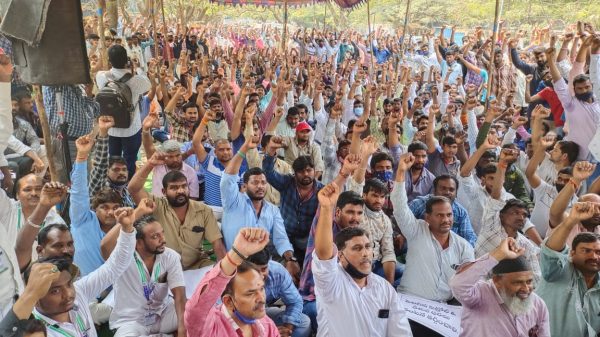For “usage of digital platforms to ensure good governance”, the central government can now allow requesting entities to carry out Aadhaar authentication, as per the Aadhaar Authentication for Good Governance (Social Welfare, Innovation, Knowledge) Rules, 2020, that the Ministry of Electronics and Information Technology notified on August 5. In addition to good governance, Aadhaar authentication will also be allowed for the “prevention of dissipation of social welfare benefits” and “enablement of innovation and the spread of knowledge”. Such authentication is voluntary, as per the Rules. Any ministry, department or the state government that wants to use Aadhaar-based authentication for any of the three stated purposes will approach the central government with a proposal which will then send it to the Unique Identification Authority of India (UIDAI). Once UIDAI allows it, the central government will authorise the ministry, department or the state government to notify the same. As per the parent act — Aadhaar (Targeted Delivery of Financial and Other Subsidies, Benefits and Services) Act, 2016 —, a requesting entity means “an agency or person that submits the Aadhaar number, and demographic information or biometric information, of an individual to the Central Identities Data Repository for authentication”. However, read together with the 2018 Supreme Court judgement that struck down Section 57 of the Act and thereby forbade private entities’ use of Aadhaar-based authentication for any reason, the definition of “requesting entities” is now narrowed down. It is thus clear that private entities cannot make requests for Aadhaar-based authentication under the new Rules…





























